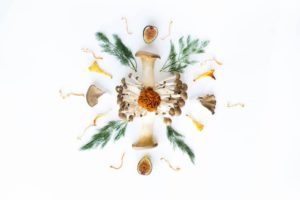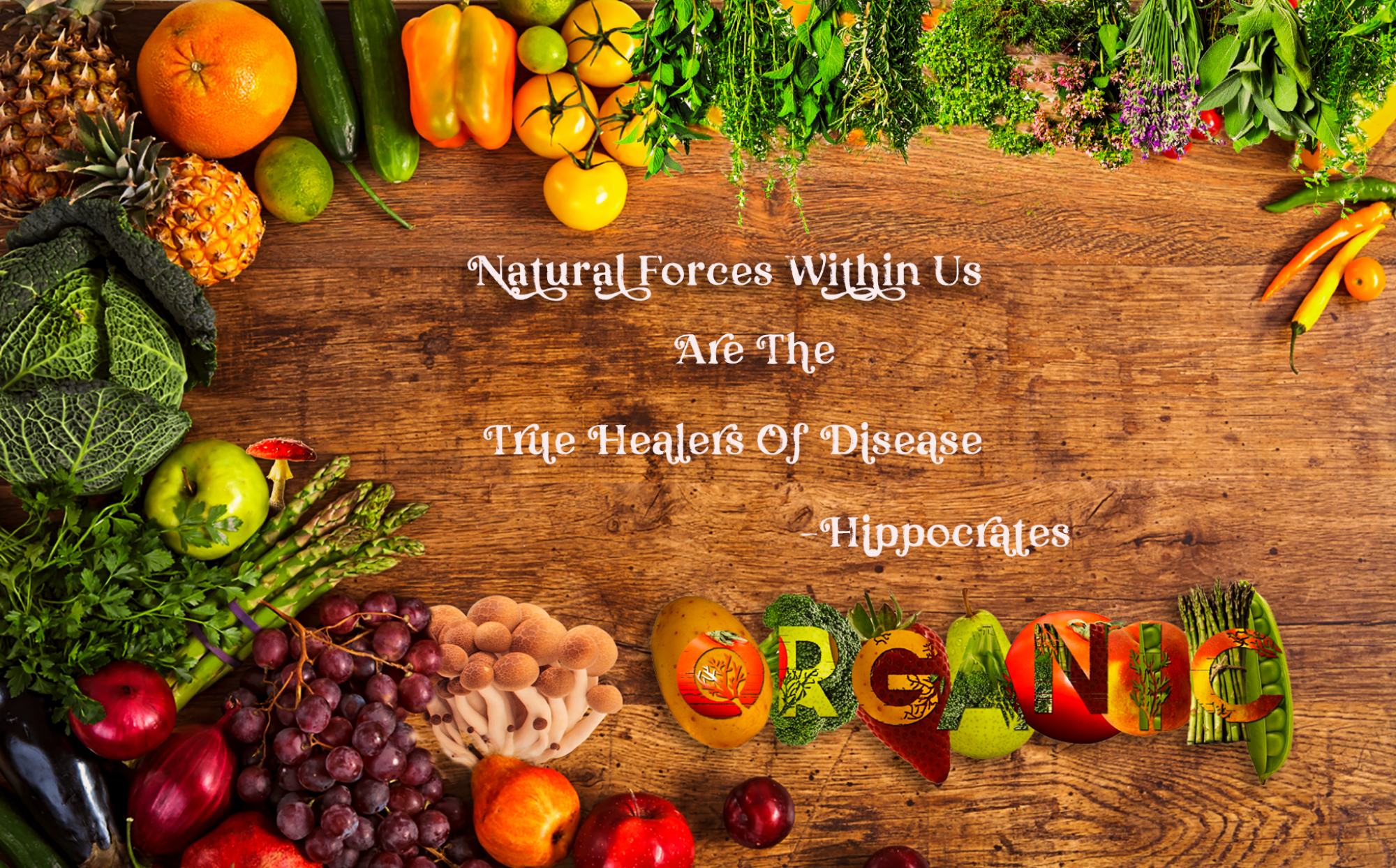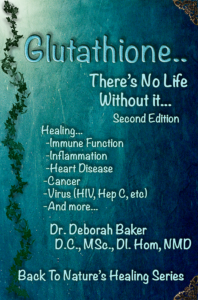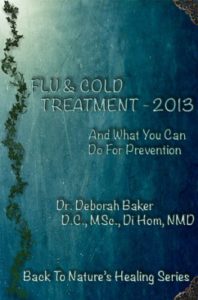Medicinal Mushrooms
 I personally love mushrooms. Not so much the standard white button mushrooms available on grocery store shelves , I’m talking superfood mushrooms. The kind that grow in deep, dense forests and on fallen logs and trees. While the rest of the world has taken some time to warm up to these superfood, adaptogenic mushrooms, thankfully the tides are changing. Offering a host of benefits, from nutritional to emotional to physical, mushrooms could hold the key to health for people and the planet. But with a kingdom that contains over 5.1 million species of mushrooms and fungi, it’s understandable to feel a little confused. After all, not all of those species are edible. Some are poisonous, some are medicinal, some are psychedelic, and some are just plain tasty! Today I’m sharing seven of my favoirite edible mushrooms and their incredible benefits, along with some interesting history. If the mushrooms below leave you feeling intrigued, find even more mushroom education and delicious recipes in Tero Isokauppila’s book, Healing Mushrooms.
I personally love mushrooms. Not so much the standard white button mushrooms available on grocery store shelves , I’m talking superfood mushrooms. The kind that grow in deep, dense forests and on fallen logs and trees. While the rest of the world has taken some time to warm up to these superfood, adaptogenic mushrooms, thankfully the tides are changing. Offering a host of benefits, from nutritional to emotional to physical, mushrooms could hold the key to health for people and the planet. But with a kingdom that contains over 5.1 million species of mushrooms and fungi, it’s understandable to feel a little confused. After all, not all of those species are edible. Some are poisonous, some are medicinal, some are psychedelic, and some are just plain tasty! Today I’m sharing seven of my favoirite edible mushrooms and their incredible benefits, along with some interesting history. If the mushrooms below leave you feeling intrigued, find even more mushroom education and delicious recipes in Tero Isokauppila’s book, Healing Mushrooms.
I’m going to tell you about his site and his wonderful, healthful mushroom blends. That is here
The seven mushrooms to take note of are:
Reishi
Need to chill out? Try reishi. Also called lingzhi in China, which signifies longevity and spirituality, reishi has been used in traditional Chinese medicine for over 2,000 years, making it one of the oldest mushrooms to be used as medicine.  While reishi grows in a variety of colours, it’s the red and black varieties that boast the greatest health benefits, due largely to their higher concentration of immune-supporting triterpenes and polysaccharides. With the ability to soothe nerves and stimulate sleep cycles, reishi could help you manage stress and get a good night’s sleep.
While reishi grows in a variety of colours, it’s the red and black varieties that boast the greatest health benefits, due largely to their higher concentration of immune-supporting triterpenes and polysaccharides. With the ability to soothe nerves and stimulate sleep cycles, reishi could help you manage stress and get a good night’s sleep.
Cordyceps
Used in traditional Chinese medicine for centuries, wild cordyceps’ origin story reads like a science fiction novel: it begins its life as an endoparasitoid, meaning it grows as a parasite, typically on caterpillars (our cordyceps is much friendlier, we don’t use caterpillars in our production process and our products are vegan-friendly). Cordyceps has been linked to everything from improved athletic performance, to immune support and liver function.
Lion’s Mane
 One look at lion’s mane mushroom and you’ll understand where it got it’s name. Fluffy, bright white, and typically found growing on hardwood trees, shaggy lion’s mane has a delicious meaty texture often used in cooking. But the benefits of lion’s mane extend far beyond your dinner plate! Often called “the smart mushroom,” lion’s mane is one of the only mushrooms with neuroprotective benefits, containing large amounts of compounds called erinacines, which stimulate the production of nerve growth factor (NGF). NGF is prevented from entering the brain by the blood-brain barrier, which is why it’s so important for the brain to synthesize the protein on its own to help protect against degeneration and maintain optimum function. This is the king of mushrooms for the aging Babyboomer’s to keep brain function and memory at its best.
One look at lion’s mane mushroom and you’ll understand where it got it’s name. Fluffy, bright white, and typically found growing on hardwood trees, shaggy lion’s mane has a delicious meaty texture often used in cooking. But the benefits of lion’s mane extend far beyond your dinner plate! Often called “the smart mushroom,” lion’s mane is one of the only mushrooms with neuroprotective benefits, containing large amounts of compounds called erinacines, which stimulate the production of nerve growth factor (NGF). NGF is prevented from entering the brain by the blood-brain barrier, which is why it’s so important for the brain to synthesize the protein on its own to help protect against degeneration and maintain optimum function. This is the king of mushrooms for the aging Babyboomer’s to keep brain function and memory at its best.
Chaga
An outlier of sorts in the mushroom kingdom where warm and humid is the preferred climate of most fungi, chaga grows in cold environments, like Siberia, North Korea, Canada, and some colder parts of the United States. With chaga, the general rule is the more mature the chaga, the more potent and beneficial it is, taking between 15 to 20 years to fully age. Packed with antioxidants like beta-glucans, (remember what I told you about beta glucans) chaga is often brewed as a tea to help stimulate the immune system, although it can also be ground into a powder and consumed that way to reap the same amount of benefits.
Turkey Tail
Turkey tail mushroom looks just as you’d imagine it – like a fanned-out turkey tail with stripes of varying colors radiating out from the edges. A polypore, meaning the fruiting body grows on the underside of the mushroom, turkey tail grows on fallen and dead trees and is quite abundant worldwide. This mushroom is best used as a tea because of its super chewy texture, although turkey tail can be eaten as-is (if you really wanted to). Rich in immune-supporting beta-glucans, studies have found turkey tail could be effective in supporting cancer patients whose immune systems have been weakened by chemotherapy. Additionally, the prebiotics in turkey tail could support the microbiome, aiding digestion and encouraging growth of good bacteria.
Enokitake
Enoki for short, enokitake mushrooms are delicate white mushrooms with long, thin stems native to China, Japan, and Korea. Enoki are commonly used in cooking – in fact, you can find a tasty recipe for enoki mushroom fries in my new book, Healing Mushrooms – and have been found to contain a host of benefits along with their great flavor. Packed with B vitamins, enokitake mushrooms can help fill nutritional gaps in your diet, with 1 cup of enoki containing 23% the  RDA of the B vitamin niacin, which could help lower cholesterol and triglyceride levels.
RDA of the B vitamin niacin, which could help lower cholesterol and triglyceride levels.
Tremella
Like cordyceps, tremella is a parasite, but instead of feasting on insects, this parasitic mushroom uses other fungi as its host. Classified as a “jelly fungi”, the fruiting bodies of tremella are gelatinous, gooey, and often silvery grey, earning it the nickname “silver ear mushroom”. Used for centuries as a beauty aid, tremella could help the body produce hyaluronic acid, which binds water to cells and lubricates joints. As we age, production of hyaluronic acid declines, resulting in dry skin and achy joints. Adding tremella to your routine could ease these aches and pains and rehydrate parched skin.
All the mushroom coffees, cocoa and elixirs are available and explained here
| DR DEB’S BOOKS AT AMAZON –
READ FOR FREE IN KINDLE UNLIMITED |
||
|---|---|---|
| Glutathione-There’s No Life Without It | Natural Remedies For Peeps & Pets | Flu & Cold Treatment |
| Metagenics U.S.Store-20% Discount | Metagenics Canadian Store-20% Off |
Fullscript-Canada Only-15% |






